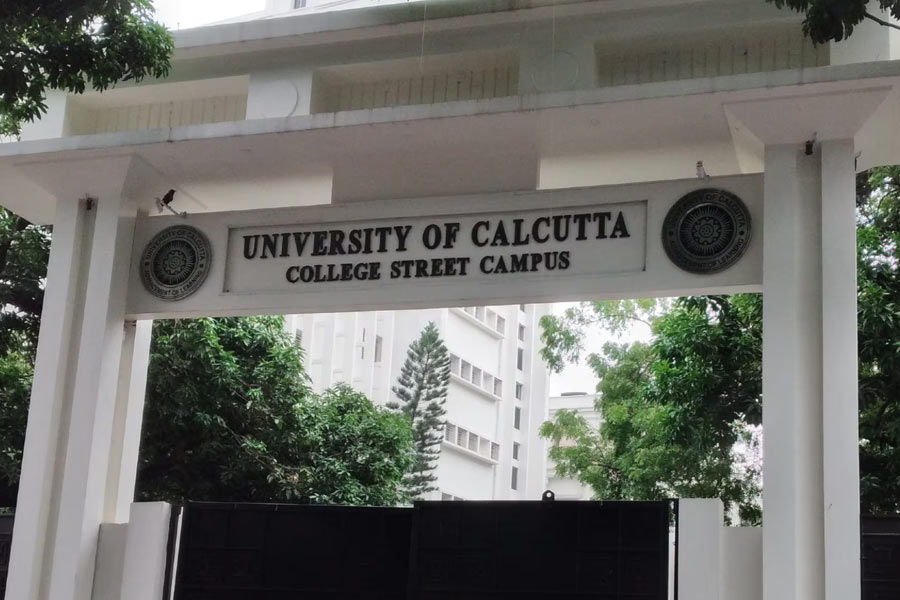 |
| Rocky Mountain News staffers embrace before leaving the newsroom for the last time in Denver, Colorado. (AFP) |
Washington, Feb. 28: An elderly couple, retired and happy with the success of their immigrant children in the Silicon Valley computer industry, arrives in San Francisco from Bangalore and is enjoying the comforts of their son’s multi-million dollar mansion in the picturesque San Francisco Peninsula.
Every morning the daughter-in-law serves them South Indian coffee that they are used to back home in Karnataka. Only one thing is missing in their morning routine. A newspaper to read with the coffee. Because San Francisco no longer has a daily newspaper!
This fictional scenario is today entirely in the realm of the possible. Indeed, it is probable with the Hearst Corporation declaring this week that it must drastically cut the number of employees at the revered San Francisco Chronicle “within weeks” or close the newspaper. Unless a new buyer can be found, which is unlikely in an America in deep financial crisis.
San Francisco is a one-newspaper town. But its newspaper of record, San Francisco Chronicle, has been part of the city’s history from its gold rush till its metamorphosis into the home of the world’s largest high-tech industry.
No surprise that San Francisco’s liberal mayor Gavin Newsom issued a statement that summed up the feelings of every Chronicle reader when Hearst Corporation warned that the daily may be history any day now. “We don't want to see this cherished institution close its doors”, Newsom said.
If the elderly couple from Bangalore had been in Seattle instead, visiting their son or daughter working for Micrsoft, it would be a similar story. The Seattle Post-Intelligencer, the city’s major newspaper is to be closed unless the owners can find a buyer.
Los Angeles. Same. The Tribune Company, which bought the Los Angeles Times, when it was already in trouble and thought they had got a good bargain, filed for bankruptcy protection two months ago.
The newspaper’s proprietors also own the Chicago Tribune. So the fate of Chicago’s main newspaper that President Barack Obama reads every day is no different. Go to Philadelphia and fellow journalists fear for their jobs. Three years ago, when Brian Tierney, who was then credited with the magic that turns around ailing newspapers bought The Philadelphia Inquirer, he had boasted that “the next great era of Philadelphia journalism begins today”.
This week, after negotiating unsuccessfully with banks for almost a year to save the newspaper, Tierney filed for bankruptcy protection. In all, 33 dailies in America have sought bankruptcy protection since December. There is no precise number in the industry for newspapers that are up for sale.
Two weeks ago, at the “Reliable Source” bar at Washington’s National Press Club, which is celebrating its centenary year, some journalists wept when news broke in the national media that 50 year-old Michael Precker, who was a West Asia correspondent for The Dallas Morning News for 11 years, had become the manager of a strip club in Dallas called the Lodge.
From his schooldays, Precker wanted to be a journalist. And he did. A successful one at that. But The Dallas Morning News started haemorrhaging in 2006. Eventually Precker, a journalism graduate from Columbia University, took a buyout offered by the management and started a new life that he never envisioned for himself when he was covering the last war between the Hezbollah and Israel in Lebanon.
Every major newspaper that is closing or up for sale has a history from the great days of the American media that makes journalists sad for their profession. The Philadelphia Inquirer, for example, won 17 coveted Pulitzer Prizes in the two decades from the 1970s when it was hailed as one of America’s great dailies.
Fortunately, a tremor that would have sent shock waves through the media world from New York to New Delhi was averted three weeks ago when a Mexican businessman saved The New York Times with a loan of $250 million.
The New York Times Company said billionaire Carlos Slim Helu’s loan will be used to pay back the newspaper’s $1.1 billion debt, the repayment dates for which were approaching.
Yesterday was a sad day in Denver when the Rocky Mountain News printed its last edition only a few days shy of the daily’s 150th anniversary. When this correspondent was in Denver last August for the Democratic National Convention that chose Obama as the party’s presidential candidate, (italics) Rocky Mountain News was an indispensable source of local information for the 15,000 journalists who covered the historic convention.










